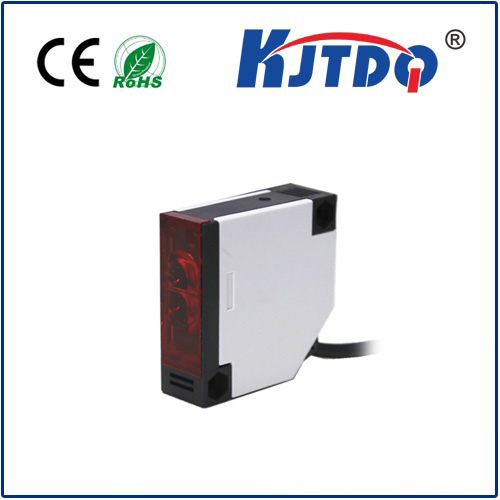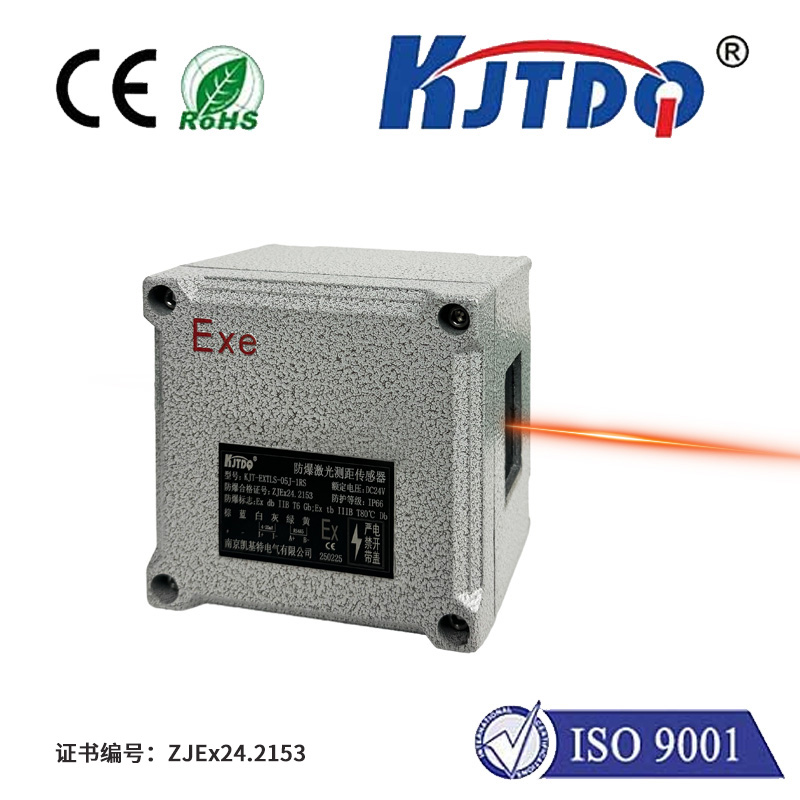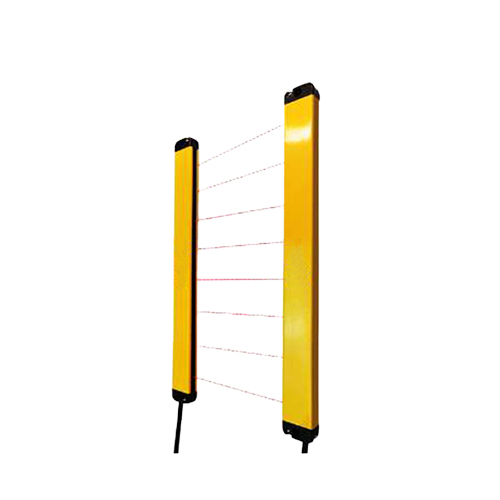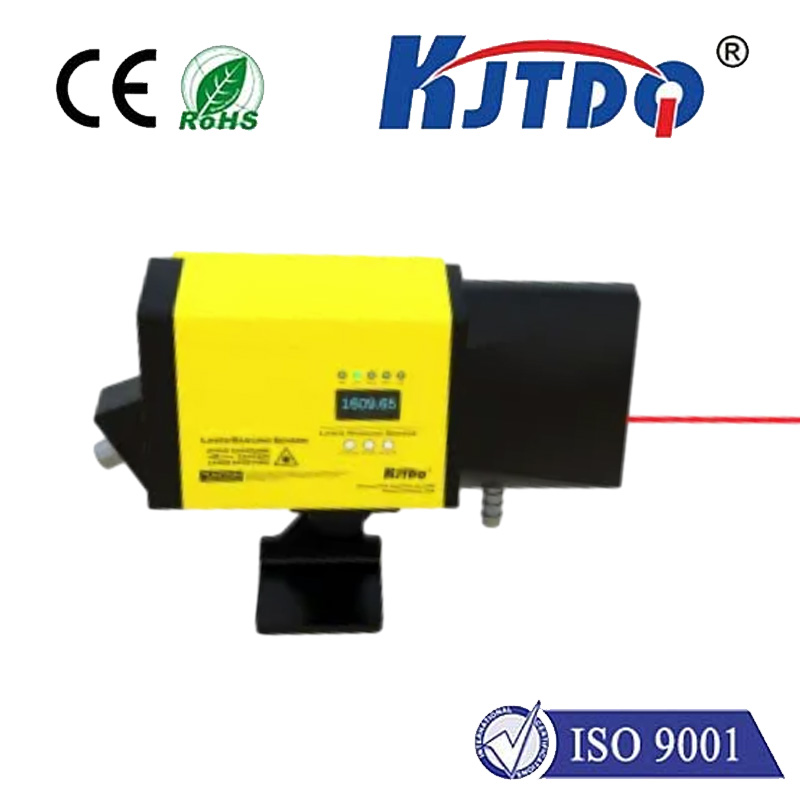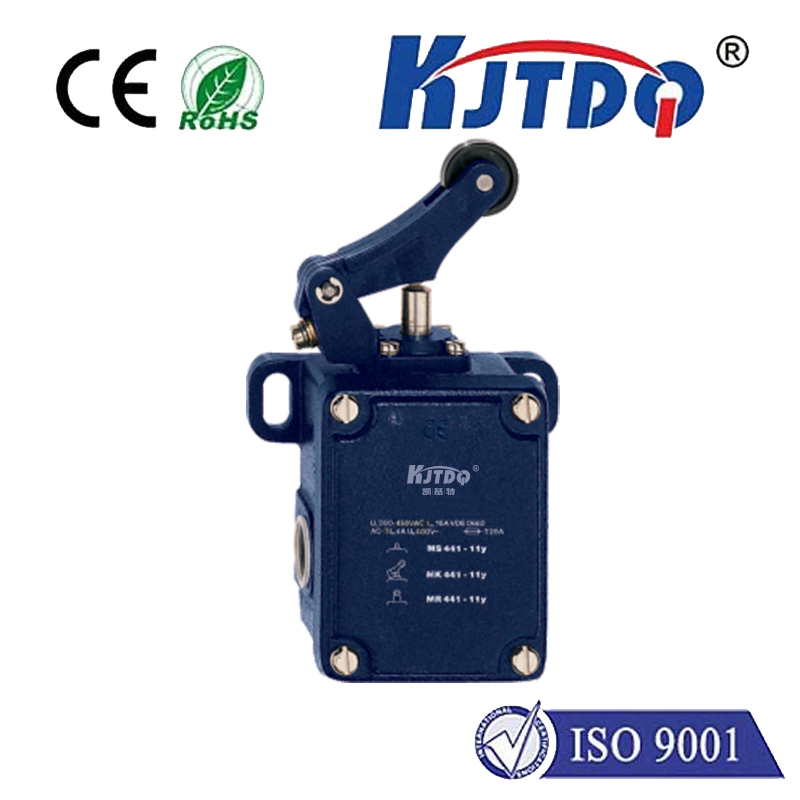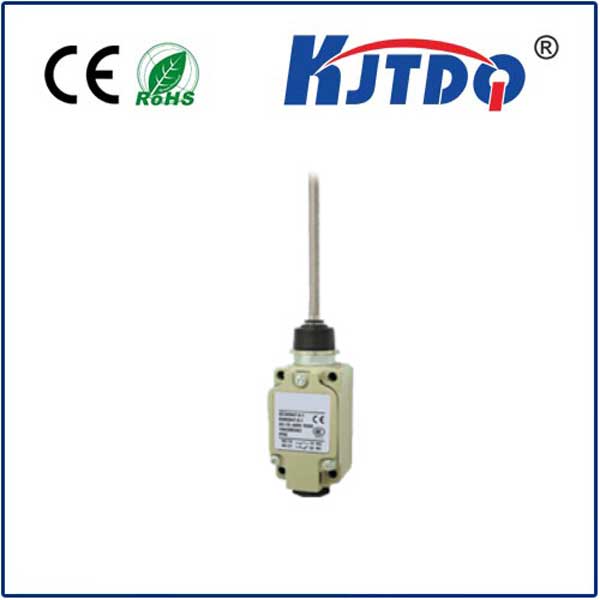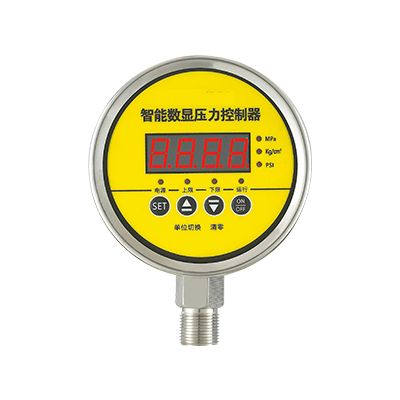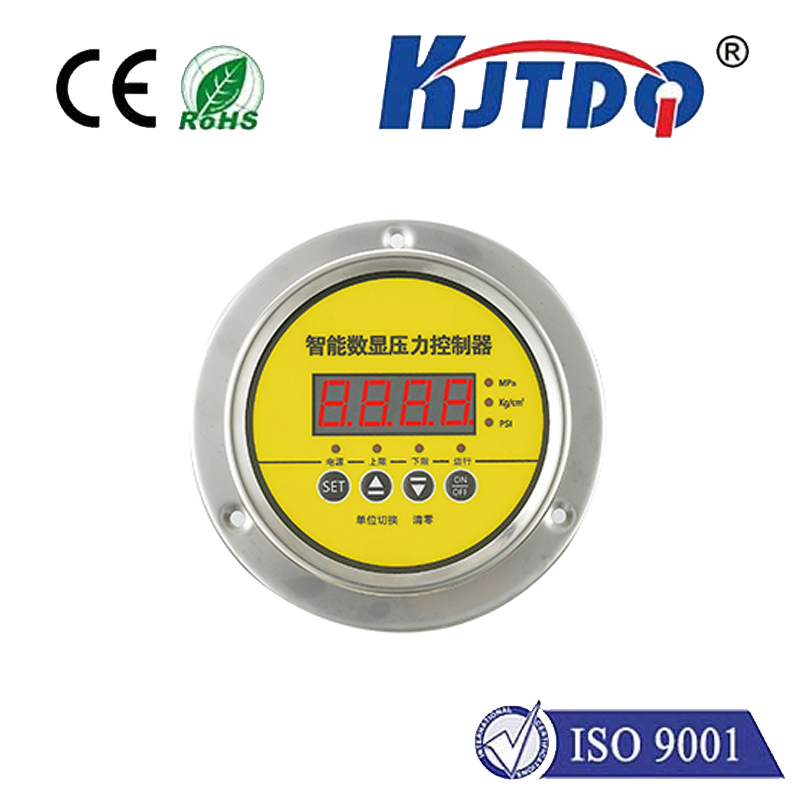

check

check

check

check
Imagine a complex surgical procedure where precise fluid pressure monitoring is critical, yet space within the instrumentation is at an absolute premium. Or picture an ultra-compact industrial automation module needing reliable pressure feedback without consuming valuable real estate. In these demanding scenarios and countless others, the PN3092 pressure sensor emerges as a critical solution, proving that miniature size and high performance are not mutually exclusive. This tiny component embodies the engineering feat of delivering vital data where larger sensors simply cannot venture.
At its core, the PN3092 is a piezoresistive pressure sensor. This means it leverages the piezoresistive effect: the electrical resistance of its internal silicon sensing element changes predictably when subjected to mechanical stress caused by applied pressure. This minute change in resistance is converted into a proportional electrical signal – typically a voltage output – providing a quantifiable measure of the pressure it experiences.
What truly defines the PN3092 is its remarkably compact form factor. Designed for integration into space-constrained applications, its small footprint is a primary driver for its selection. This miniaturization doesn’t come at the cost of essential performance characteristics, making it exceptionally versatile:

| Performance Characteristic | Typical Range | Relevance |
|---|---|---|
| Pressure Range | Wide variety (e.g., 0-1 bar to 0-10 bar absolute, gauge, or differential) | Adaptable to diverse applications from low-pressure medical devices to industrial controls |
| Operating Temperature Range | -40°C to +125°C | Suitable for challenging environments beyond controlled settings |
| Supply Voltage | Typically 3.3V or 5V | Compatible with common electronic systems and microcontrollers |
| Output Signal | Analog ratiometric (e.g., 0.5V - 4.5V over pressure range) | Easy integration without complex signal conditioning circuitry |
Beyond its size, the PN3092 pressure sensor offers significant value:
The unique combination of small size and robust functionality unlocks a diverse range of applications:
Integrating the PN3092 effectively requires attention to detail:
Compared to larger pressure sensors or alternative technologies, the PN3092 shines in one critical area: its size. While other sensors might offer higher accuracy, wider temperature ranges, or digital outputs (like I2C or SPI), they often do so within a larger physical envelope. The PN3092’s competitive edge lies precisely in delivering dependable pressure sensing where those alternatives are physically impossible to integrate. It occupies the niche where miniaturization is non-negotiable.
Understanding the nuances of pressure sensor technology is crucial for optimal system performance. For critical applications, especially those involving safety (medical devices, high-pressure systems) or regulatory compliance, consulting the component manufacturer’s detailed datasheets and application notes for the specific PN3092 variant you intend to utilize is essential. These documents provide vital information on pressure limits, fluid compatibility, temperature coefficients, long-term stability, and recommended operating conditions.
From ensuring precise medication delivery in a hospital to optimizing airflow in a complex HVAC system, the PN3092 pressure sensor consistently proves its worth. It exemplifies how sophisticated sensing technology can be packaged into a remarkably small form, enabling innovation in design and function across medical, industrial, and consumer landscapes. This tiny workhorse continues to empower engineers and designers to create smarter, smaller, and more efficient systems where space is at a premium.

